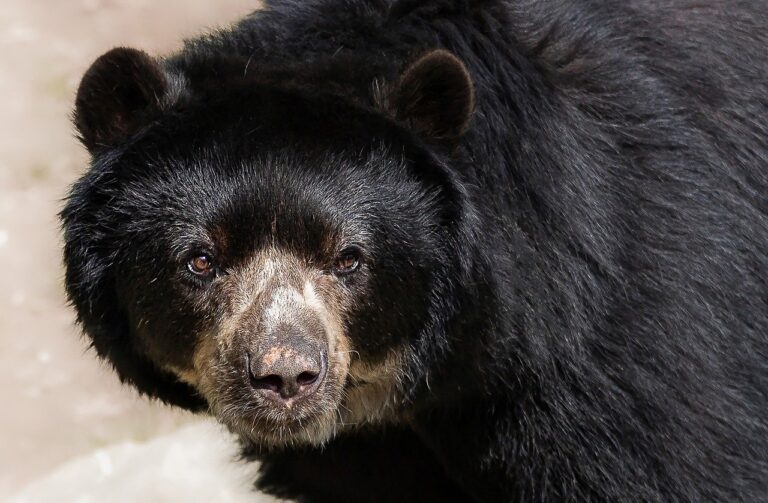Found in western Romania, Timisoara is one of the country’s largest cities, going back to the early 13th century. When part of the Ottoman Empire, it was the very first European city to have electric street lamps. The city has bounced back after sustaining heavy bombing damage from both sides during World War II. Unlike many European cathedrals, the Timișoara Orthodox Cathedral was only built in the 20th century, but the central, significant for its 11 towers, homes numerous historic religious objects as well as vintage icon paintings.
Most of the Danube Delta, Europe’s second biggest river delta, lies in Romania. Originally part of the Black Sea, the Danube Delta is an excellent location to observe nature. It is home to numerous unique species of plants and animals in Europe, along with contains 23 different ecosystems, consisting of a few of the world’s largest wetlands. Previous visitors rave about the magnificent sundowns and highly advise taking a sluggish boat trip on the river.
Romania is referred to as Europe’s last wilderness reserve and there are 2 documentaries about this: Wild Carpathia and Untamed Romania– take a look to see why! Go hiking in Romania to discover untouched landscapes and old forests, an abundant wildlife population and standard mountain towns still untouched by civilization. Natural tourist attractions and places to go to consist of Zarnesti and Turda Gorges, various waterfalls and peaks over 2,500 m waiting to be summited.
ghiduri turistice utilizes the basic two-pronged European plug with a voltage of 230V– same as every other European country. Nice and simple! So, if you’re coming from any other part of Europe, just bring your electronics. If you’re heading over from the UK, US, Canada, Australia, etc, then purchase yourself a universal travel adapter for your laptop computer, phone, and anything else you’re bringing. That way you’ll be arranged for Romania and anywhere else worldwide you’re visiting.
Romania is one of the most safe nations in the Balkans. And for a location that’s currently extremely safe, that’s stating something, the Balkans is the location in the world where You feel the most comfortable and safe taking a trip alone. The only criminal offense that occurs abnormally frequently in Romania is automobile theft, so if you rent a car, simply make certain to lock it and park it somewhere public at all times (and get theft insurance!). Other than that, you’re not likely to encounter any concerns during your trip.
Romania isn’t heaven, and crimes are possible. So, watch on your personal belongings and obtain some travel insurance coverage. If you’re insured, any loss or theft is immediately much less of a concern! And, obviously, accidents can occur anywhere. While you’re swimming, hiking, or perhaps in your hotel. We’re all awkward every so often. So, you must always, always have travel insurance coverage, even in low-crime locations
If Bran Castle mentions Romania’s middle ages heritage, then Peleș Castle talks to our country’s royal – and golden – years. Include this castle to your list of locations to check out if you want to be impressed by royal living standards. Positioned at the base of the Carpathian Mountains in the charming resort of Sinaia (1h30 min drive from Bucharest), Peleș Castle was integrated in the late 19th century to work as summertime house for Romania’s royal family of German descent.
Given that Romania remains in the European Union, visiting is simple and visa-free for most people. If you’re coming from a fellow EU country, you can stay for as long as you like– study, work, buy a house, whatever you seem like. If you’re originating from the US, Canada, Australia, New Zealand, you can remain for 90 days, visa-free. Several countries from Africa, the Middle-East, and South America will need to get a visa, so inspect the Romania government site for additional information on that.
House to the country’s largest university, Cluj-Napoca is considered the informal capital of the historical region of Transylvania. The city, which pre-dates the Roman colonization, is one of Romania’s arts and cultural centers. Home to a big Hungarian population, Cluj-Napoca includes a statue honoring one Hungarian king. Integrated in the 14th century, the Gothic St. Michael’s Church has the highest church tower in the country. The National Museum of Art, housed in a former palace, has a large collection of work by Romanian artists.
Romania is a country loaded with well-preserved history. The culture, renowned landmarks and stunning landscapes make it a fantastic travel location. Here are the best spots to go. Romania is a hot, really bright country. So, it’s excellent to pack light clothes and sun block if you’re intending on visiting in between April and October. Throughout this time, light clothing like T-shirts and shorts, in addition to sunglasses, are vital. On top of this, you’ll want some sturdy hiking boots or strolling shoes. Romania has the Carpathian Mountains after all.
Subscribe to Updates
Get the latest creative news from FooBar about art, design and business.
